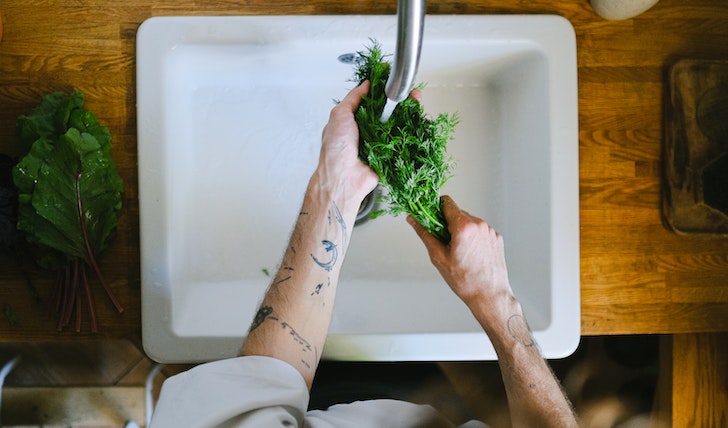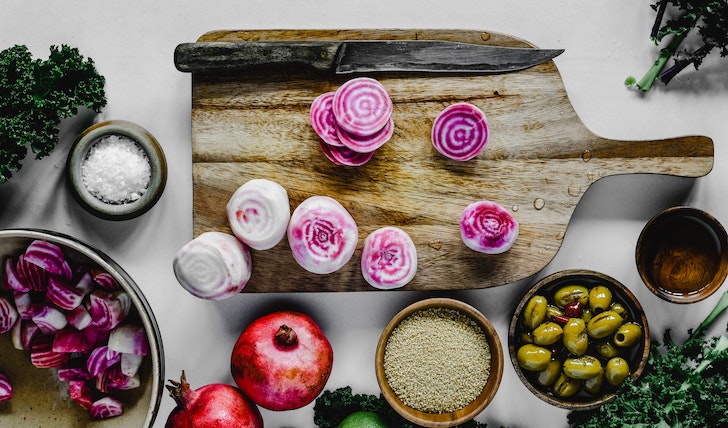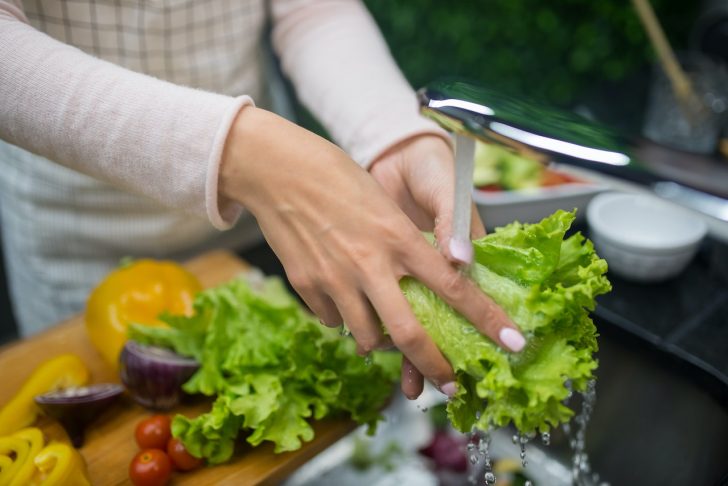Washing your vegetables the right way is essential to ensure that they are safe and healthy to eat. Whether you plan on eating them raw, cooking them, or juicing them - washing vegetables properly is a must! But which are the right ways of washing every vegetable?

Anna / Pexels / Befiore using vegetables, experts recommend properly washing them to avoid any major side effects.
Of course, the “right” way of washing veggies depends on the vegetable itself. Read on to get expert tips on washing veggies the right way.
Washing Leafy Greens
Leafy greens such as lettuce, spinach, kale, and chard can easily pick up dirt and bacteria from the soil. So, it is important to give these veggies a good rinse before eating. To do this, fill a large bowl or container with cold water and add your leafy green vegetables inside.
Ideally, swish around gently for about 20 seconds then leave them in the water for a few minutes. Afterward, use your hands to lift the vegetables out of the water and transfer them onto a kitchen towel or paper towel and pat dry.
Washing Root Vegetables
Root vegetables like carrots, potatoes, and celery should be washed before you start cooking with them too. Start by scrubbing these veggies under running water using a clean veggie brush to remove any dirt or debris on the surface.

Eva / Pexels / Before cooking root vegetables like potatoes and carrots, consider rubbing them thoroughly - to wash off the dirt.
Alternatively, you can rub off dirt with your fingers if you do not have a brush available. After scrubbing, rinse off all remaining dirt thoroughly under running water and pat dry with a clean kitchen towel before preparing or cooking.
Washing Mushroom
Mushrooms are a delicate type of vegetable that requires a certain level of care when washing them. To do this, simply wipe the mushrooms down with clean, damp kitchen paper towels or a soft brush and then pat dry before using them in your recipes.
Another great way of cleaning mushrooms is to place them in a colander, rinse them under cold running water and then pat dry. For extra care, you can also fill a bowl with cold water and add two teaspoons of vinegar to it before adding the mushrooms. Leave them to sit for 30 minutes before rinsing off the vinegar.

Kampus / Pexels / To wash off leafy greens the right way, consider gently swishing them for about 20 seconds.
Washing Fruits
Most fruits should be washed under cold running water before eating or cooking with them. Some types of fruits like berries, citrus fruit, and melons have thin skin which can absorb dirt easily. So, it is important to give these a good rinse before eating.
For tougher-skinned fruits such as apples, pears, and stone fruits - scrubbing lightly with some cold water is enough to get rid of any dirt on the surface.
These are some of the “right” ways to wash veggies thoroughly. By following these tips, you can ensure that all your veggies and fruit are washed properly before using them in recipes.
